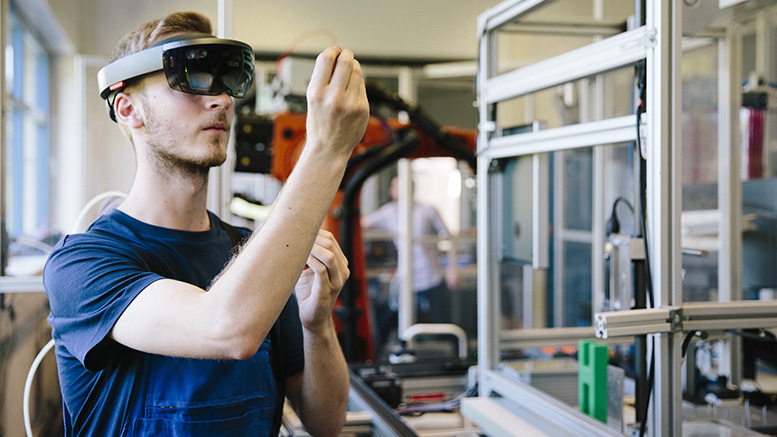The nature of work is changing right before our eyes. Technology advancements are transforming existing industries and creating new ones at an unprecedented pace.
The World Economic Forum predicts significant disruption in the jobs landscape over the next three years, with as many as 75 million current job roles being displaced. The upside is that more than 130 million new roles could emerge. Many of those roles will be those enhanced by technology, or what the National Science Foundation describes as the “future of work at the human-technology frontier,” referring to technologies that can collaborate with humans to enrich lives and workplaces.
If we look closely, we notice other changes in the skills equation, including emergent job roles that are multidiscipline in nature and those that require advanced technology expertise coupled with skills that are uniquely human. Skills such as creativity, initiative, complex problem-solving and flexibility will be highly valued in the workplace of the future.
The challenge for community and technical colleges is ensuring the future workforce can acquire the expanding skill sets necessary for success in a rapidly changing employment environment. Here are some practical recommendations to consider.
Don’t ignore the future
The advancing rate of technology adoption is real but changes to jobs will likely be incremental. Additionally, the future of work will look differently across the country. Pay attention to the trends in your region, county and community. Convene stakeholders across sectors and collaborate on talent development approaches that make sense locally yet prepare learners for the global economy. Discuss with employers what effects automation and artificial intelligence are having on their workforce and how you can support their reskilling efforts.
Strengthen your employer partnerships
There’s no silver bullet for future-proofing your workforce, but responsive programs aligned to the technologies of local industry will go a long way. Ask the right questions of your employer partners, listen intently, and co-develop instructional solutions with the evolving workplace top of mind. Invest in technology infrastructure that supports learners’ acquisition of new skills on modern equipment. Establish partnerships that allow learners and faculty to experience emerging technologies. Demonstrate to employers through action and ongoing communication that your institution is their talent development partner.
Leverage stackable credentials
Scores of recent reports tout skills as the new currency. Workers around the globe are already experiencing the need to upskill to retain their current positions. Stackable credentials, when designed intentionally, can offer shorter, more accessible pathways to a degree. Their briefer duration and embedded competencies aligned to industry needs also offer an efficient way to support the demand for continuous learning that will be required of workers in the future. They can promote interdisciplinary collaboration and accumulation of skills across sectors. Facilitating noncredit/credit integration of stackable credentials can increase our flexibility and shorten our response time for meeting the lifelong learning needs of our communities.
This article comes from the current issue of Community College Journal, which is published bimonthly by the American Association of Community Colleges.
Focus on outcomes
Change is the new constant. But the speed at which we’re expected to respond to change is continuing to accelerate. By focusing on outcomes and how we can achieve them more efficiently, we can help our communities prepare for an uncertain future. Push the envelope and ask:
- How can we be a nimble, responsive workforce partner with antiquated delivery models?
- How can we arm students with skills that support the latest technologies and credentials the future workforce will demand if our course approval time is longer than the shelf-life of the emerging skill set?
- How can we ensure economic mobility for our students if we’re not working to ameliorate the barriers that stand in their way?
The work of the future could leave behind those that can’t acquire the skills needed for success in the Fourth Industrial Revolution and beyond. The clock is ticking, and it’s up to us to break down silos, to innovate our instructional methods, and to collaborate like never before to ensure a bright future for our learners and communities, whatever that future may hold.





